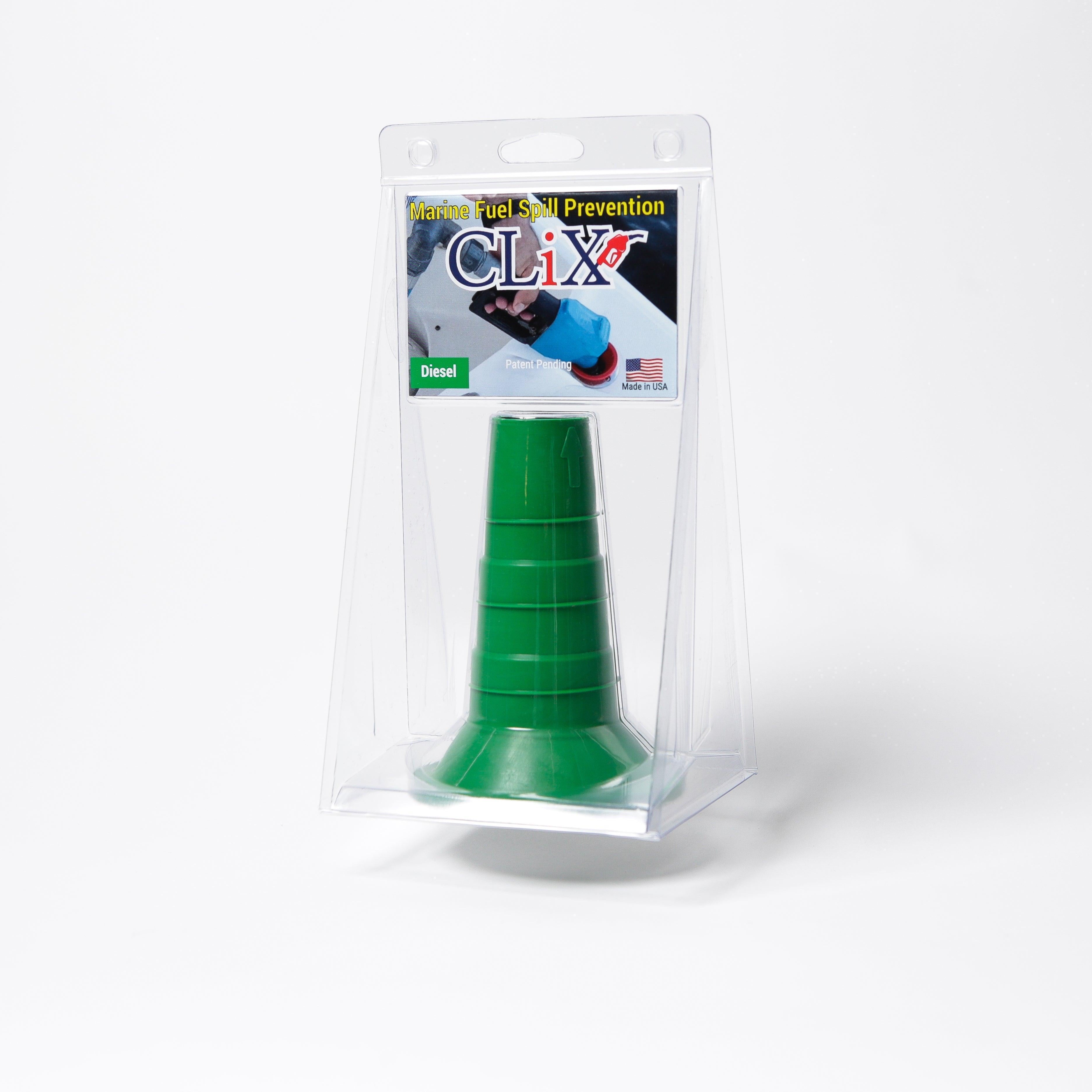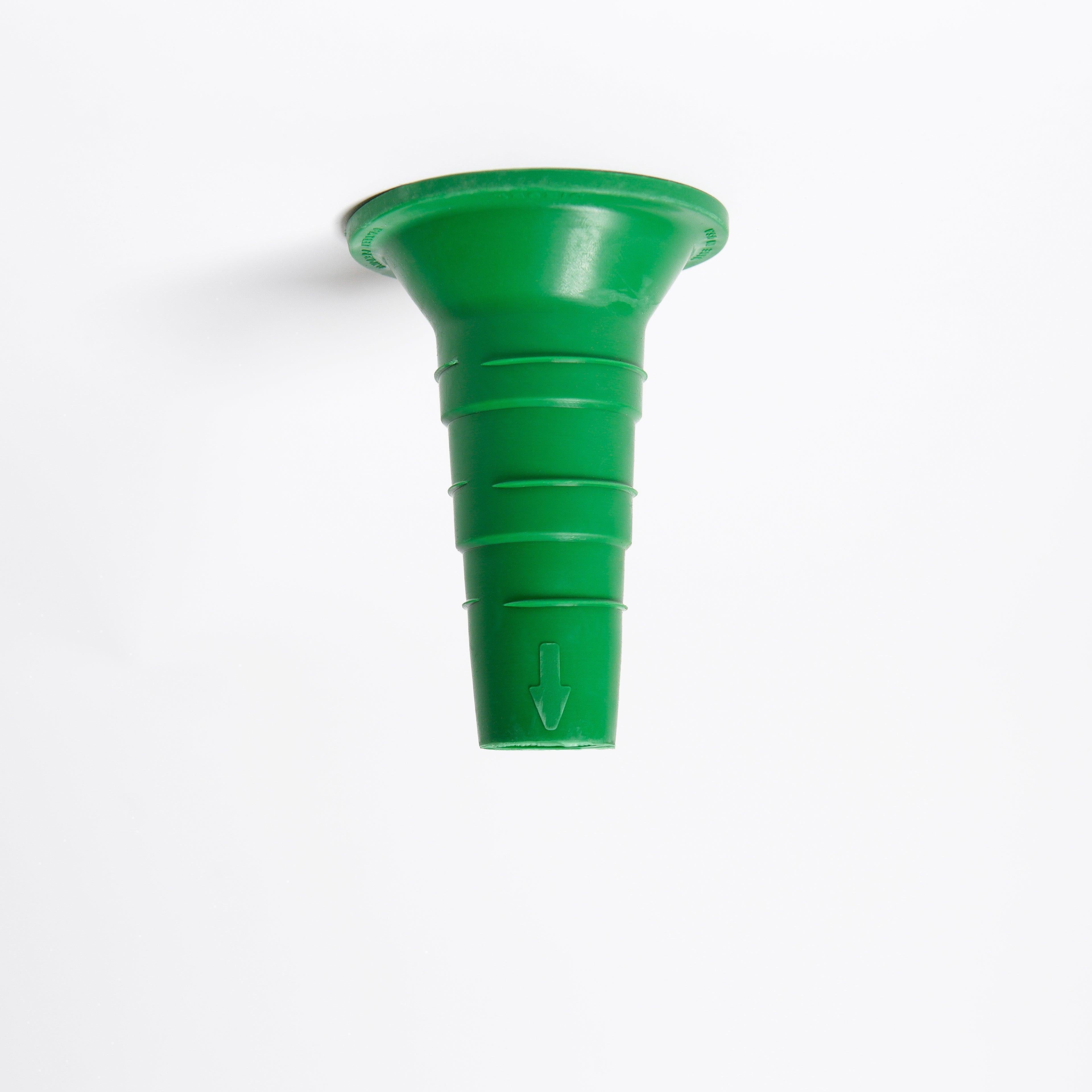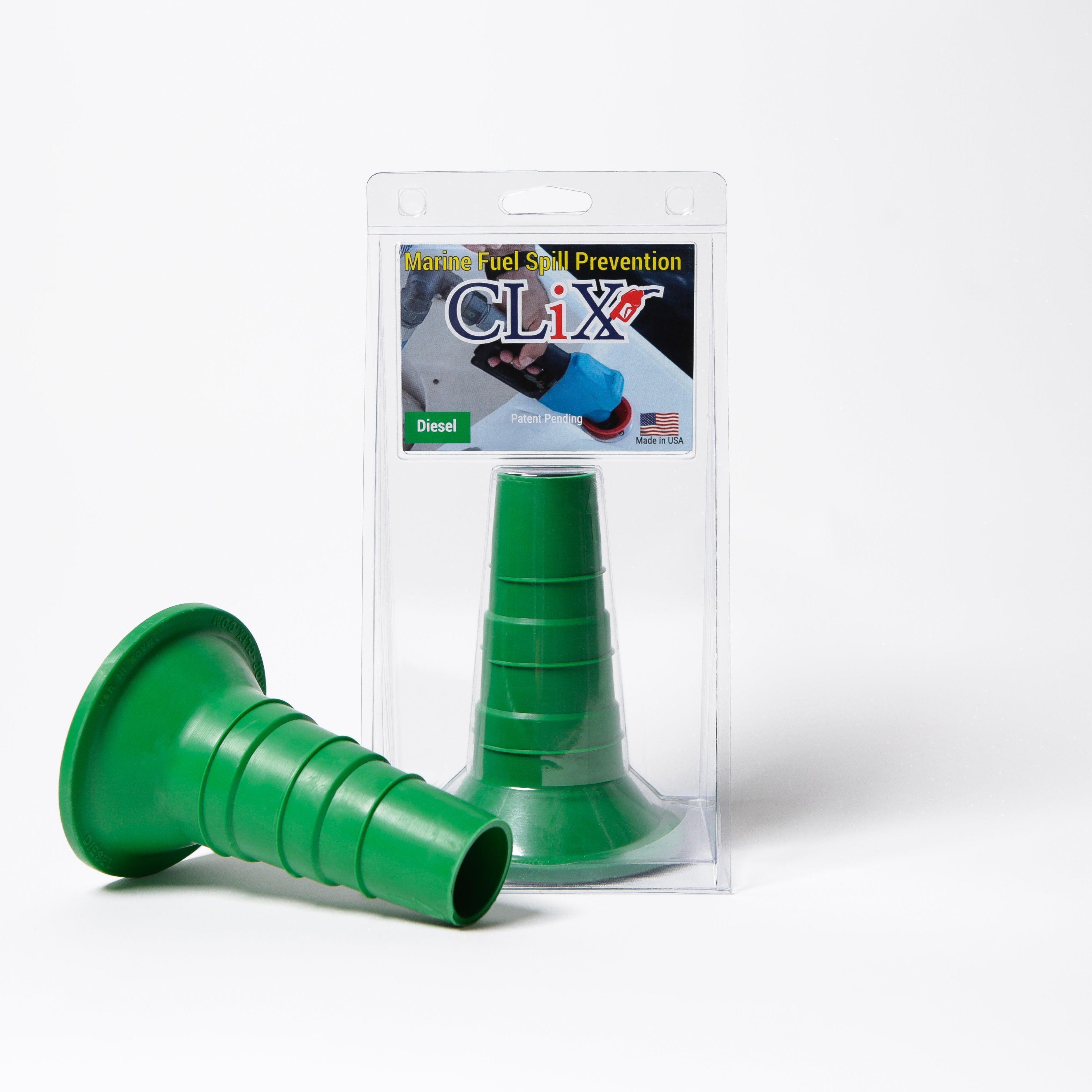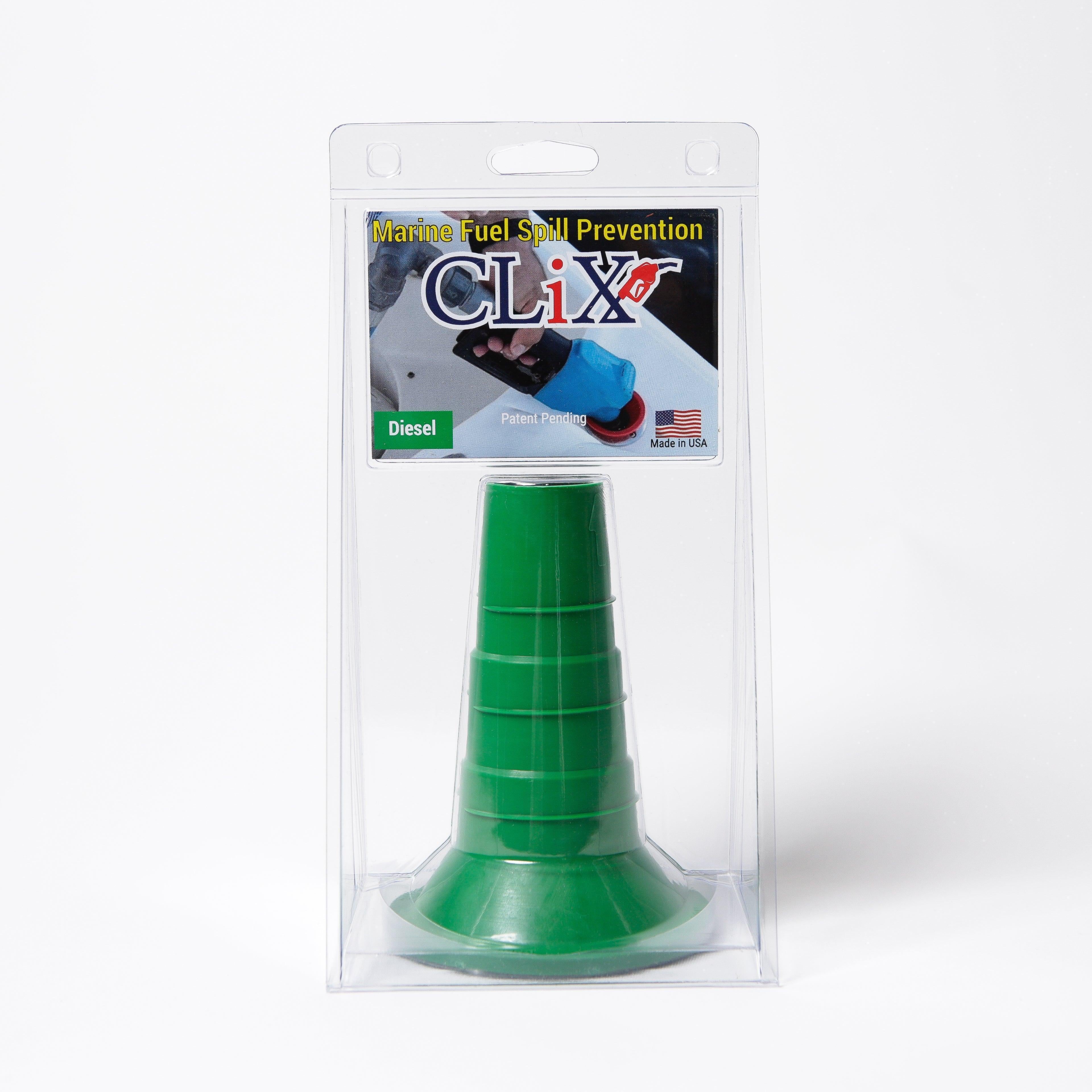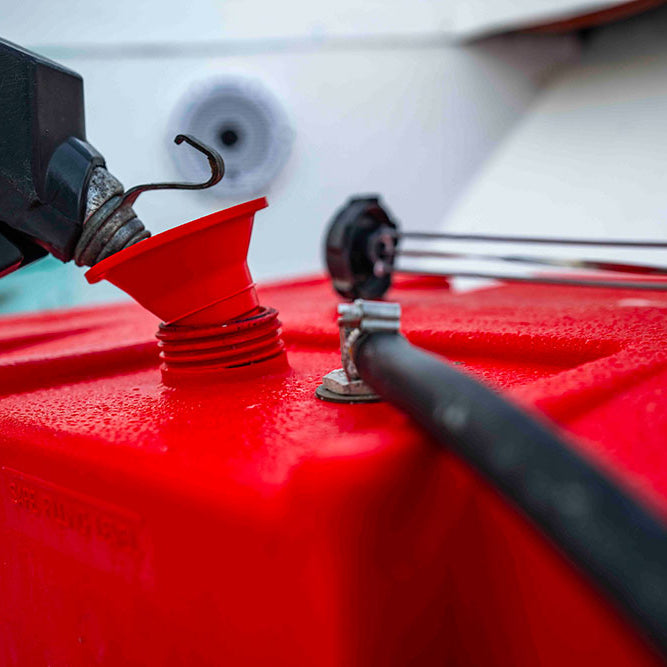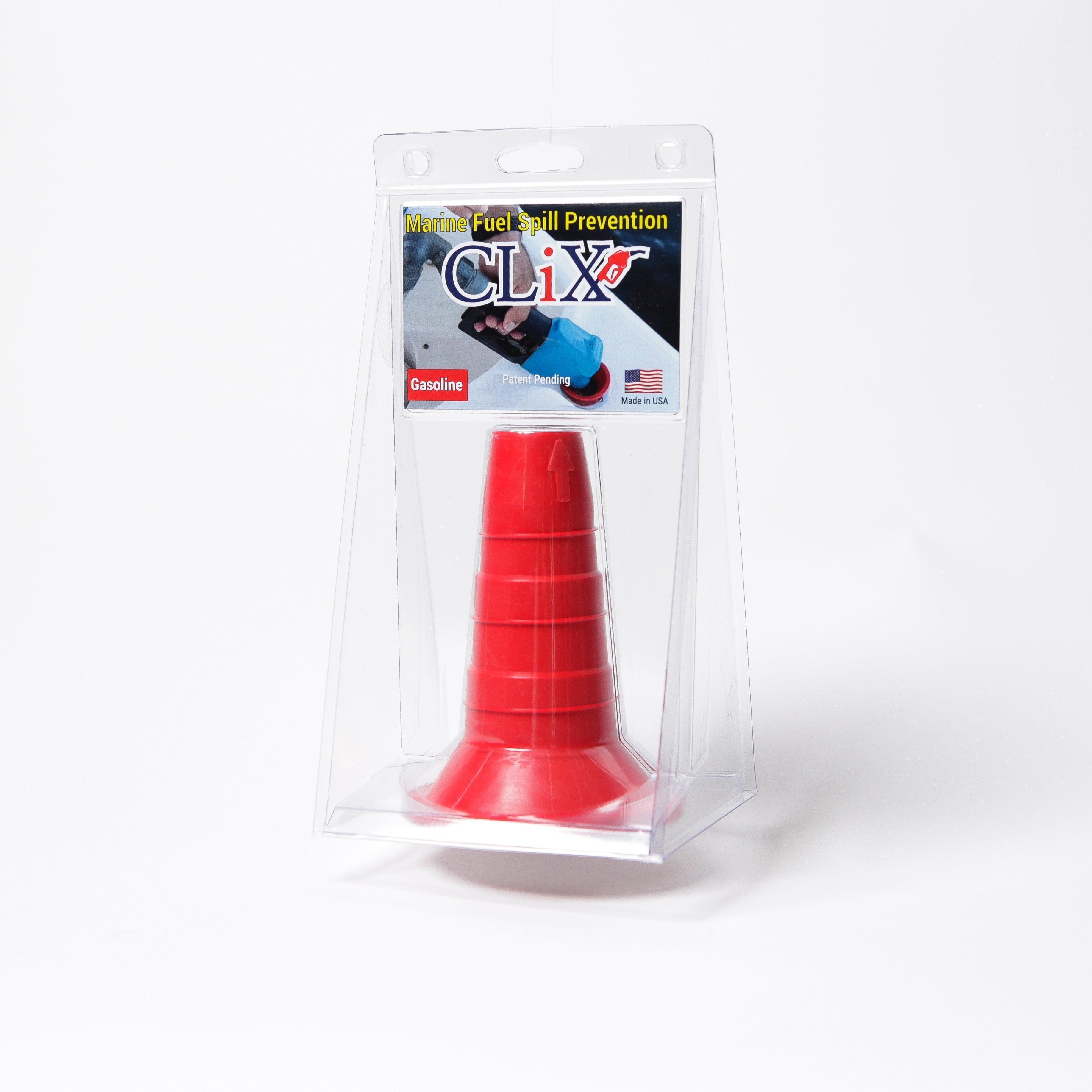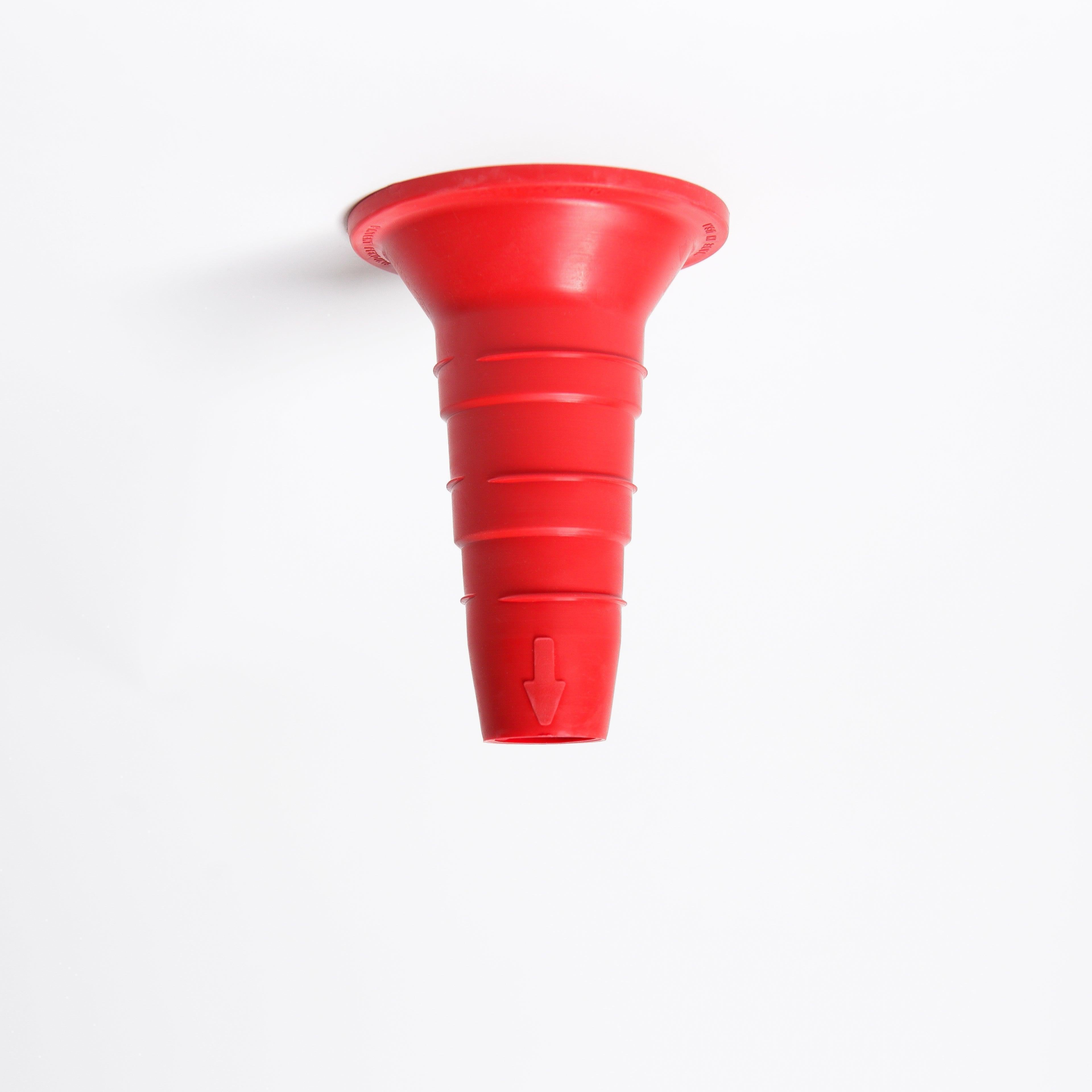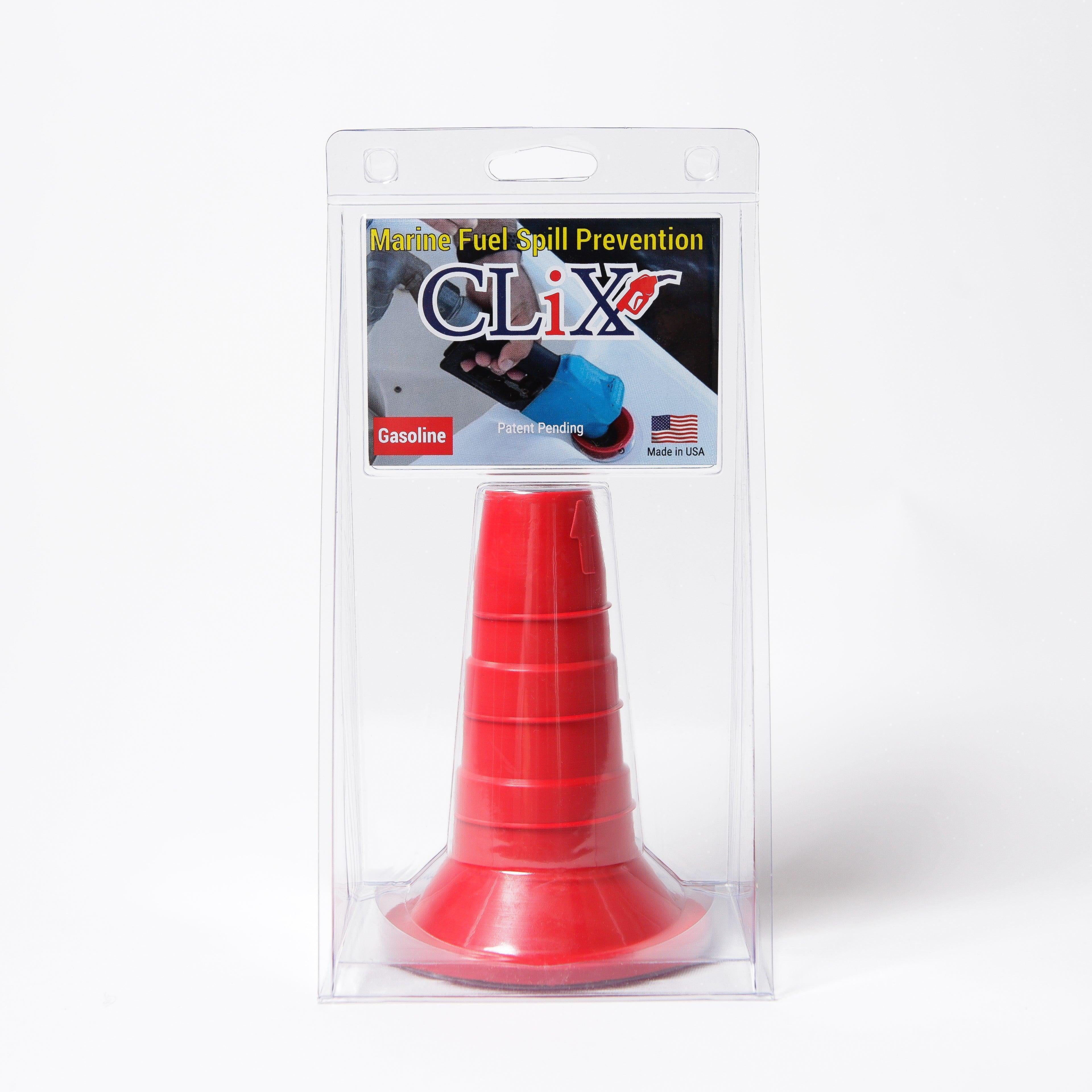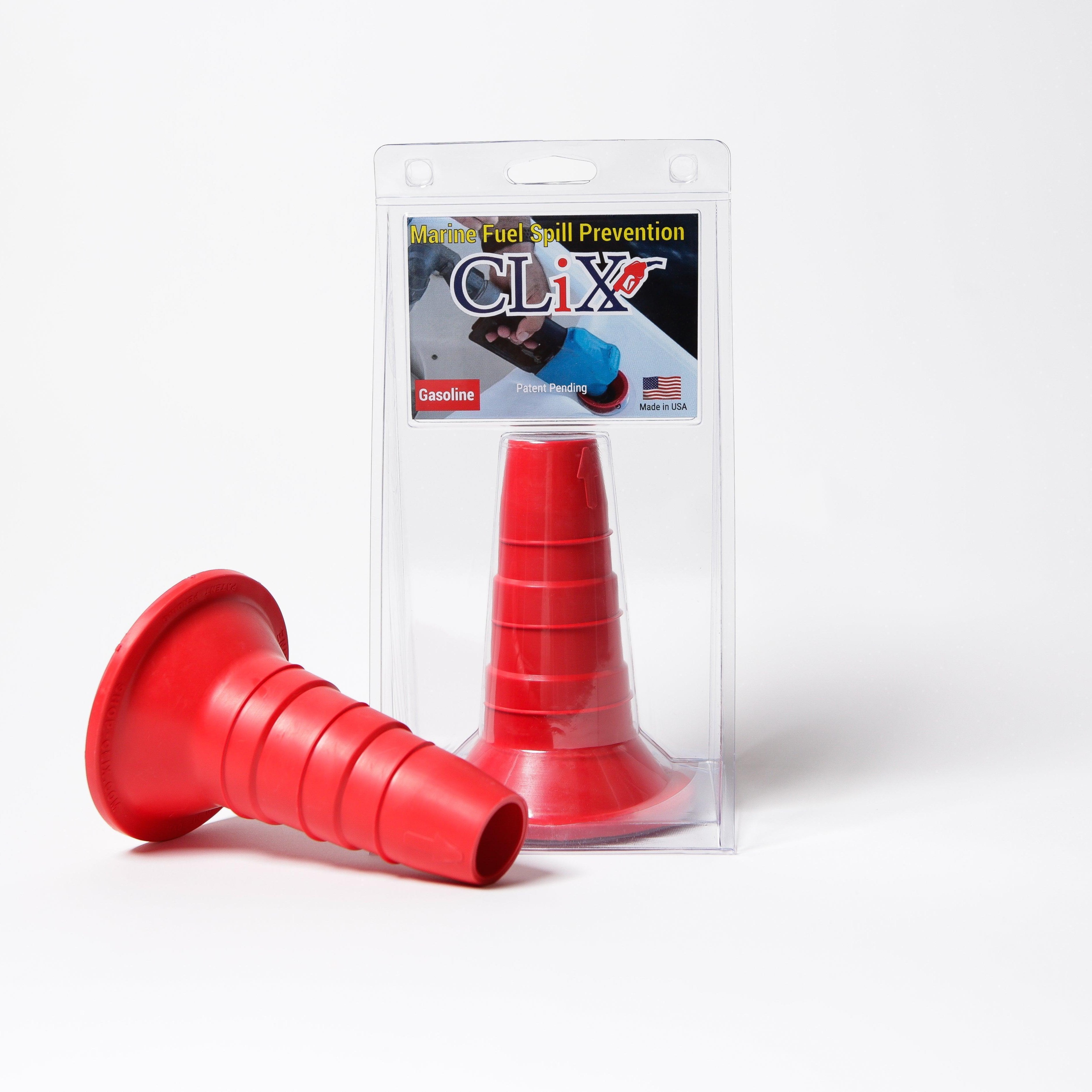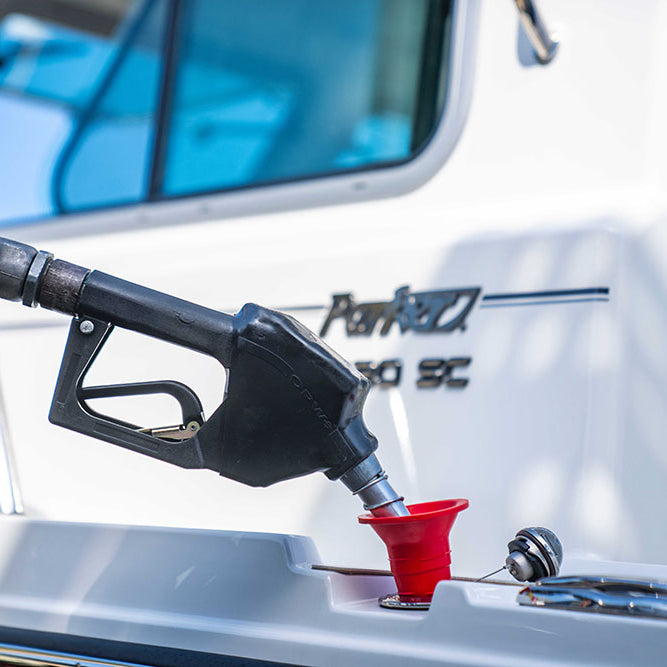The open water offers unparalleled freedom, but rising fuel costs can cast a shadow on the best of days. For boat owners, fuel is not just an expense; it is a critical component of every journey. Wasting it not only empties your wallet but also impacts the pristine marine environments we all cherish. Fortunately, achieving significant fuel efficiency is not about complex, expensive overhauls. It is about adopting smarter habits and leveraging innovative tools to maximize every drop.
This guide provides a comprehensive roundup of practical, boat-specific fuel saving tips. We will cover everything from pre-trip planning and efficient fueling practices to on-the-water operational adjustments and crucial maintenance routines. You will learn how simple changes in your approach can lead to substantial savings, allowing for longer, more enjoyable trips while lightening your environmental footprint. Beyond just saving money, efficient operation contributes to a smoother, more pleasant experience for everyone on board. After all, choosing the right vessel is also key to a comfortable voyage. Explore how to identify the best boat for seasickness, contributing to overall passenger well-being.
By implementing these strategies, you can transform your time on the water. Get ready to dive into actionable insights that make you a more efficient and conscious captain, unlocking peak performance from your vessel and ensuring every outing is as cost-effective as it is memorable. This is your definitive guide to smarter boating.
1. Optimize Your Hull and Propeller for Peak Efficiency
One of the most impactful yet often overlooked fuel saving tips involves what’s happening below the waterline. Your boat's hull and propeller are constantly interacting with the water, and their condition directly affects how much power is needed to move your vessel. A smooth, clean surface glides with minimal resistance, whereas a fouled one creates significant drag that can sabotage your fuel economy.
Think of your hull as an aerodynamic surface, but for water. Any marine growth, such as barnacles, algae, or even a thin layer of slime, disrupts the smooth flow of water. This disruption creates drag, forcing your engine to work much harder and burn more fuel just to maintain speed. The difference is not minor; a clean hull can improve fuel efficiency by as much as 10-15%.
Actionable Steps for Hull and Propeller Maintenance
To keep your boat performing at its best, integrate these practices into your routine:
- Regular Cleaning Schedule: Don't wait until you see a forest of growth. For boats kept in the water, a professional diver or haul-out cleaning should be scheduled regularly. The frequency depends on your location’s water temperature and salinity, but a monthly or bi-monthly check is a good starting point in active growth areas.
- Invest in Quality Bottom Paint: Modern ablative or hard antifouling paints are designed to prevent marine organisms from attaching to your hull. Applying a high-quality bottom paint is a proactive investment that pays for itself in fuel savings and reduced cleaning labor.
- Inspect Your Propeller: Your propeller is your engine's connection to the water. A bent blade, a significant nick, or even minor dings can throw it out of balance. This imbalance causes vibration and cavitation (the formation of air bubbles), which severely reduces its efficiency and wastes fuel. Inspect it frequently and have it repaired or reconditioned by a professional at the first sign of damage.
- Ensure Proper Prop Sizing: An incorrectly sized or pitched propeller forces your engine to operate outside its optimal RPM range, leading to excessive fuel burn. If your boat struggles to get on plane or your engine over-revs, consult a prop specialist to ensure you have the right propeller for your boat's weight and engine specifications. This is a critical one-time fix with lasting benefits.
2. Embrace Rigorous Engine and Systems Maintenance
Just as a finely tuned athlete outperforms an untrained one, a well-maintained engine and its supporting systems will always deliver superior fuel efficiency. Neglecting regular maintenance is like forcing your boat's engine to run a marathon with a cold, clogged airways, and flat tires. Each component, from the spark plugs to the fuel filters, must work in harmony for optimal performance and minimal fuel waste.
A poorly maintained engine has to work significantly harder to produce the same amount of power, burning excess fuel in the process. For instance, a dirty air filter can restrict airflow, leading to a richer fuel-to-air mixture that wastes fuel and can reduce efficiency by up to 10%. Following a proactive maintenance schedule is one of the most reliable fuel saving tips a boater can adopt, with studies from groups like AAA consistently showing that properly maintained vehicles achieve their manufacturer’s intended MPG ratings.

Actionable Steps for Engine and Systems Upkeep
To ensure your boat’s powerplant is running at peak efficiency, make these maintenance tasks non-negotiable parts of your routine:
- Follow the Manufacturer's Service Schedule: Your engine's manufacturer provides a detailed maintenance schedule for a reason. Adhere to it religiously for oil changes, spark plug replacements, and other critical tune-up items. Using the recommended grade of oil is crucial, as the wrong viscosity can increase friction and fuel consumption.
- Keep Filters Clean: Your engine relies on clean fuel and clean air. Clogged fuel filters can starve the engine of fuel, making it run inefficiently, while a dirty air filter restricts the air needed for proper combustion. Replace both according to the service interval or sooner if you operate in dusty or debris-heavy environments.
- Address "Check Engine" Lights Immediately: That warning light on your dash is an urgent message. It often indicates a sensor malfunction, such as a faulty oxygen sensor, which can throw off the fuel mixture and drastically increase consumption. Ignoring it will cost you at the pump.
- Maintain the Cooling System: An engine that runs too hot or too cold is an inefficient engine. Regularly inspect your raw water pump impeller and replace it annually, check coolant levels in closed-loop systems, and ensure your heat exchangers are clean and free of blockages. This ensures the engine operates within its ideal temperature range for maximum fuel economy. For a comprehensive overview, explore our boat maintenance checklist to keep everything in order.
3. Master Smooth and Steady Throttle Control
Just as aggressive driving habits drain a car's gas tank, erratic throttle handling on a boat wastes a significant amount of fuel. Jamming the throttle forward for rapid acceleration and then cutting power abruptly forces your engine to work inefficiently. Mastering smooth throttle control is one of the most effective fuel saving tips you can implement on every single trip, directly reducing consumption by maintaining momentum and minimizing energy waste.
Your engine consumes the most fuel when it's under heavy load, like during a hole shot or rapid acceleration. By applying power gradually, you allow the hull to lift onto plane more efficiently without demanding a sudden, massive surge of fuel. Think of it as gently coaxing your boat up to speed rather than forcing it. This smooth approach can improve fuel efficiency by as much as 15-30% compared to aggressive handling, putting more money back in your pocket and reducing your environmental impact.
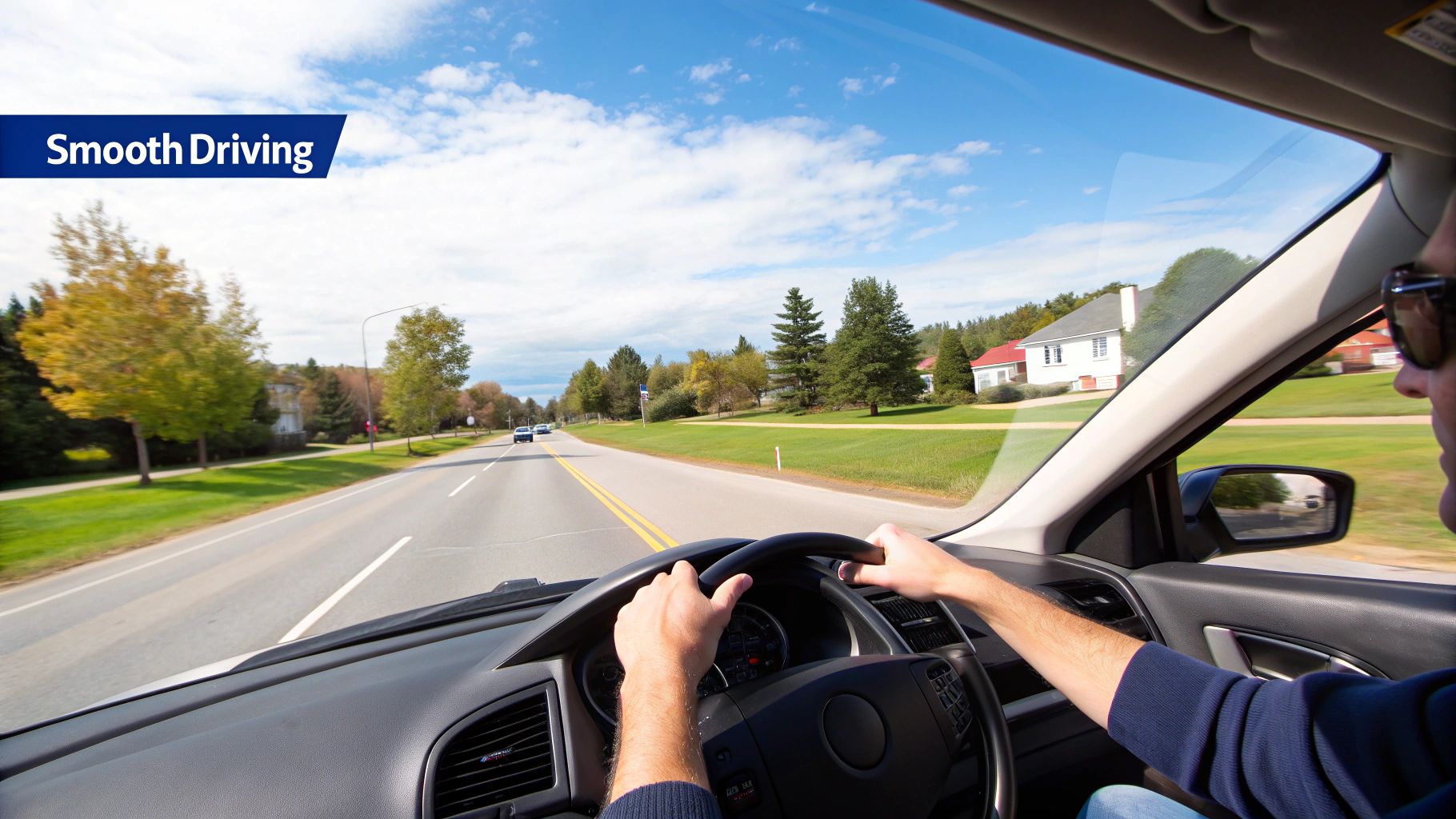
Actionable Steps for Efficient Throttle Use
Adopting these habits will transform your fuel consumption and provide a more comfortable ride for your passengers:
- Accelerate Gradually: When leaving a no-wake zone or getting on plane, push the throttle forward in a slow, steady motion. Watch your wake and listen to your engine; you want to find the sweet spot that lifts the boat onto plane with the least amount of effort and fuel burn.
- Anticipate Your Stops: Look ahead and plan your deceleration. Instead of running at speed until the last moment and then pulling the throttle back quickly, ease off the power early. Let the boat's natural momentum carry you toward your destination, like a dock or anchorage. This is called "coasting" and it uses zero fuel.
- Maintain a Steady Speed: Constant adjustments to the throttle create inefficiency. Once you find your optimal cruising speed where the engine sounds relaxed and the boat feels stable, try to maintain it. Use your GPS or tachometer to hold a consistent speed and RPM.
- Use Your Trim: Proper use of your engine or drive trim is crucial for smooth operation. Once on plane, trim the engine up slightly to lift the bow, which reduces the wetted surface of the hull and decreases drag. This allows you to maintain speed with less throttle, directly saving fuel.
4. Reduce Boat Weight and Remove Excess Items
While it may seem obvious, the total weight of your boat is a primary driver of its fuel consumption. Every additional pound requires more engine power to push the vessel through the water, especially when trying to get on plane or maintain cruising speed. By thoughtfully managing what you bring aboard, you can achieve noticeable fuel savings without sacrificing safety or comfort.
Think of your boat like a backpack you have to carry uphill; the lighter it is, the less energy you expend. The same principle applies on the water. For every 100 pounds of unnecessary weight, a typical recreational boat can see a 1-2% decrease in fuel efficiency. Over the course of a season, removing non-essential items like extra water toys, redundant gear, or heavy personal effects adds up to significant savings at the pump. This simple, no-cost adjustment is one of the most effective fuel saving tips you can implement.
Actionable Steps for Weight Reduction
To lighten your load and boost your fuel economy, adopt these simple habits:
- Perform a Quarterly Clean-Out: At least once a season, or even monthly, go through every locker, cabin, and storage compartment. Remove anything you haven't used on your last few trips. Be ruthless about items like old fishing gear, extra sets of dishes, or bulky recreational equipment you rarely use.
- Carry Only Necessary Water and Supplies: While safety is paramount, avoid carrying excessive amounts of fresh water or provisions. Plan for your trip and bring only what you reasonably need. Full water tanks can add hundreds of pounds to your vessel's displacement.
- Remove External Accessories When Not in Use: Items like large dinghies on davits, kayaks, or paddleboards add both weight and wind resistance. If you aren't planning to use them on a particular trip, consider leaving them at the dock to improve your boat's performance.
- Distribute Weight Evenly: How weight is distributed is just as important as the total amount. Improperly balanced loads can make it harder for your boat to get on plane, forcing the engine to work harder and burn more fuel. Keep heavy items low and centered to maintain optimal trim. By making these small changes, you can achieve better performance and efficiency. For more insights into how weight and balance affect your vessel, you can learn more about ways to boost your boat's fuel efficiency on CLiX Fueling.
5. Master Your Trailering: Tire Pressure and Towing Efficiency
While much of boating focuses on performance in the water, one of the most significant fuel saving tips for many owners starts on the pavement. The efficiency of your tow vehicle is directly impacted by its tires and how you manage the trailer. Neglecting this crucial step means you could be burning a significant amount of extra fuel before your boat even touches the water.
Just like a boat hull with too much drag, under-inflated trailer tires create excessive rolling resistance. This forces your truck or SUV to work much harder to pull the same load, consuming more fuel with every mile. The U.S. Department of Energy estimates that for cars, proper inflation can improve gas mileage by up to 3%. When towing a heavy boat and trailer, this effect is amplified, making tire maintenance a simple yet powerful way to reduce your total fuel expenditure for a day on the water.
Actionable Steps for Efficient Trailering
To minimize fuel consumption on the road, integrate these simple checks into your pre-launch routine:
- Check Pressure When Cold: Always check your trailer and tow vehicle tire pressure before you start driving. Tires heat up as they roll, which increases the internal pressure and can give you an inaccurate reading. Use a quality pressure gauge for reliable measurements.
- Use the Manufacturer's Recommended PSI: Look for the recommended pressure on the sticker inside your vehicle's driver-side door jamb and on the trailer's VIN plate or placard. Do not use the maximum pressure stamped on the tire's sidewall. That number indicates the maximum load the tire can carry, not the optimal pressure for your specific setup.
- Establish a Routine Check: Get into the habit of checking tire pressures at least once a month and always before a long trip. This simple, two-minute check is one of the most effective fuel-saving habits you can develop.
- Consider Low Rolling Resistance Tires: When it's time to replace your trailer tires, ask your dealer about options designed for low rolling resistance. These modern tires are engineered to minimize friction with the road, providing a small but consistent improvement in fuel economy over their lifespan.
6. Plan and Combine Trips
Effective fuel saving tips aren't just for when you're on the water; they begin before you even cast off the lines. Strategic trip planning and combining multiple destinations into a single outing can drastically reduce your overall fuel consumption. This principle applies whether you're making land-based errands before a voyage or planning your route on the water. A cold engine is an inefficient engine, and consolidating trips allows it to reach and maintain its optimal operating temperature for longer, maximizing every drop of fuel.
Think about the initial startup. Your engine uses a richer fuel-to-air mixture when cold, burning significantly more fuel in the first few minutes of operation. By grouping your on-water activities, like visiting a sandbar, then a waterfront restaurant, and finally a good fishing spot into one continuous journey, you avoid multiple cold starts. This approach minimizes the total distance traveled and keeps your engine performing in its most efficient state, a simple habit that offers substantial fuel savings over a boating season.
Actionable Steps for Smarter Trip Planning
To turn planning into a powerful fuel-saving tool, integrate these simple habits into your boating and pre-boating routines:
- Create a Multi-Stop Itinerary: Before leaving the dock, decide on all your potential destinations. Plan a logical route that minimizes backtracking and crisscrossing open water. For example, travel to the furthest point first and work your way back toward your home port, hitting other spots along the way.
- Consolidate Land-Based Errands: The same logic applies to your pre-trip preparations. Instead of separate trips for ice, groceries, and bait, plan a single outing to get everything you need. Keep a running checklist on your phone or a notepad to group these errands together efficiently.
- Leverage Technology: Use modern GPS and chartplotter apps to identify the most direct and efficient routes. These tools can help you avoid unnecessarily long paths and navigate around known shallows or slow-speed zones that force inefficient operation.
- Optimize for Conditions: If possible, plan your travel to align with favorable tides and currents. Traveling with the current, rather than against it, can provide a significant "push," reducing the power needed from your engine and directly improving your fuel economy. This is one of the most effective fuel saving tips for boaters in tidal areas.
7. Use Air Conditioning and Generators Wisely
Managing your onboard climate control is a crucial component of a comprehensive fuel-saving strategy. While essential for comfort, systems like air conditioning units are significant power consumers. On most boats, this means running a generator, which burns its own fuel. Understanding when and how to use these systems efficiently can lead to substantial savings at the fuel dock.
The core principle is to minimize the load on your generator. Every hour your generator runs to power the AC is an hour it's consuming diesel or gasoline. This consumption is separate from your main engine fuel burn but adds directly to your total trip cost. By adopting smarter cooling strategies, you can reduce generator runtime without sacrificing comfort, making this one of the most practical fuel saving tips for boaters who spend extended time on board.
Actionable Steps for Efficient Climate Control
To reduce the fuel toll of staying cool, integrate these habits into your boating routine:
- Cool the Boat at the Dock: Whenever possible, run your air conditioning while connected to shore power before you depart. This pre-cools the cabin without burning any of your own fuel. Starting your trip with a cool interior means the system only has to maintain the temperature, not fight to lower it, drastically reducing the initial load on your generator once you're underway.
- Leverage Natural Ventilation: When at anchor or moving at slow speeds, take advantage of natural breezes. Open hatches and portlights strategically to create cross-ventilation. Using wind scoops can dramatically increase airflow, often eliminating the need for AC altogether in milder conditions. This simple, no-cost action is a highly effective fuel saving tip.
- Use Window Shades and Covers: The sun's radiant heat, known as the greenhouse effect, can quickly turn your cabin into an oven. Use exterior window covers, interior curtains, or reflective shades to block direct sunlight. By reducing this solar heat gain, your AC unit won't have to work nearly as hard to keep the space comfortable, directly lowering generator fuel burn.
- Set a Moderate Temperature: Set your thermostat to a comfortable but reasonable temperature, such as 75-78°F (24-26°C), instead of arctic-level cold. Each degree cooler requires significantly more energy. Once the cabin is cool, the system will cycle less frequently to maintain this moderate temperature, saving fuel over the long run.
8. Choose Fuel-Efficient Routes and Avoid Head-On Conditions
Just as a car driver avoids rush hour traffic, a savvy boater can significantly cut fuel consumption by choosing the smartest route. Your path on the water directly influences how hard your engine works. Navigating into strong headwinds, fighting a powerful current, or plowing through heavy chop forces your engine to burn substantially more fuel to maintain speed and stay on course. Strategic route planning is one of the most effective fuel saving tips you can employ before even leaving the dock.
The core principle is simple: the path of least resistance saves the most fuel. Pushing against natural forces like wind and current is like driving a car uphill with the emergency brake on; you’re wasting energy. A slight course deviation to find calmer waters or to leverage a following sea can reduce engine load dramatically, sometimes improving fuel efficiency by 15% or more over a given distance. It transforms your journey from a brute-force battle against the elements into an efficient dance with nature.
Actionable Steps for Smarter Route Planning
To turn your boat into a model of efficiency, incorporate these navigational strategies into every trip:
- Consult Marine Weather and Tide Charts: Before you depart, always check the forecast for wind speed and direction, as well as tide and current schedules. Use this information to plot a course that minimizes travel directly into strong headwinds or opposing currents. Apps like PredictWind or NOAA’s official resources are invaluable tools for this.
- Use Your Chartplotter’s Advanced Features: Modern chartplotters and marine navigation apps often include route optimization features. They can analyze tidal streams and weather data to suggest the most fuel-efficient path. Take the time to learn these functions on your device.
- Seek Shelter When Possible: When traveling along a coastline, hugging the shore or using islands as a windbreak can provide calmer water. This protected path, even if slightly longer, often consumes less fuel than a more direct route through rough, open water.
- Plan Your Departure and Arrival Times: If your schedule is flexible, time your trip to coincide with favorable conditions. Leaving an hour earlier or later to catch a slack tide or avoid the peak of an opposing current can make a massive difference in your fuel burn over the course of a journey. It’s the maritime equivalent of avoiding rush hour.
Fuel Saving Tips Comparison Matrix
| Strategy | 🔄 Implementation Complexity | 💡 Resource Requirements | 📊 Expected Outcomes | ⭐ Key Advantages | 💡 Ideal Use Cases |
|---|---|---|---|---|---|
| Maintain Steady Speed and Use Cruise Control | Low to Moderate (depends on vehicle features) | Cruise control system, mostly automated | 7-14% fuel savings on highways | Reduces driver fatigue; consistent speed; avoids speeding tickets | Highway driving, long trips, flat terrain |
| Regular Vehicle Maintenance | Moderate (requires scheduling and service) | Time, cost for oil changes, filters, inspections | 10-20% fuel improvement | Extends vehicle life; prevents costly repairs; maintains warranty | All vehicle types; prevents efficiency loss |
| Smooth Acceleration and Gradual Braking | Moderate to High (requires driver discipline) | Driver attention and practice | 15-30% fuel savings vs. aggressive driving | Reduces brake/tire wear; enhances comfort; lowers accident risk | City and highway driving; heavy traffic areas |
| Reduce Vehicle Weight and Remove Excess Items | Low (simple, ongoing habit) | Time for cleaning and planning | 1-2% fuel gain per 100 lbs removed | Immediate fuel benefit; better handling; no cost | Any driving; load management; fleet vehicles |
| Proper Tire Maintenance and Pressure | Moderate (monthly checks and occasional service) | Tire gauge, compressor, professional services | Up to 3% fuel economy improvement | Extends tire life; improves safety; reduces blowouts | All vehicles; critical for safety and economy |
| Plan and Combine Trips | Moderate to High (needs planning and organization) | Time, GPS or routing apps | 20-30% reduction in fuel use | Saves time and emissions; reduces cold starts | Urban driving, multiple errands, business routes |
| Use Air Conditioning Efficiently | Low to Moderate (requires driver awareness) | Knowledge of speed and AC limits | 5-10% fuel savings if used strategically | Maintains comfort; reduces driver fatigue | City vs. highway driving, hot climates |
| Choose Fuel-Efficient Routes and Avoid Traffic | Moderate (depends on technology use) | Smartphone/GPS with real-time traffic updates | 10-20% fuel efficiency improvement | Reduces travel time and stress; lowers accident risk | Urban commuting, delivery, ride-sharing |
Your Voyage to Greater Fuel Efficiency Starts Now
We have navigated through a comprehensive checklist of powerful fuel saving tips, each designed to transform your boating experience. From the meticulous pre-trip planning that sets the stage for success to the split-second operational decisions you make on the water, every action contributes to a larger picture of efficiency, economy, and environmental stewardship. The journey from a casual boater to a truly efficient captain is not about a single, magic-bullet solution. Instead, it is about embracing a mindset of continuous improvement and integrating small, intelligent habits into your established routines.
Think of it as a compounding effect. Individually, adjusting your trim angle or cleaning your hull might seem like minor tweaks. But when you consistently apply these principles, the savings stack up. The fuel you save by maintaining a steady speed is amplified by the reduced drag from a clean hull. The efficiency gained from a well-maintained engine is further enhanced by strategic weight reduction. Each tip supports and strengthens the others, creating a powerful synergy that translates directly into more money in your pocket and more time enjoying the open water.
Recapping Your Path to Smart Savings
Let’s quickly revisit the core pillars we’ve explored. Mastering these concepts is the key to unlocking significant long-term benefits:
- Preparation is Paramount: Your quest for fuel efficiency begins long before you cast off the lines. It's found in plotting the most direct routes, lightening your vessel’s load by removing unnecessary gear, and ensuring your hull is clean and free of performance-robbing marine growth.
- Mechanical Mastery: A well-maintained engine, a properly sized propeller, and correct tire pressure on your trailer are not just about reliability; they are foundational to peak performance. Regular tune-ups and inspections are non-negotiable investments in fuel economy.
- Operational Excellence: How you handle your boat on the water makes the most immediate difference. This means mastering your vessel’s planing speed, using trim tabs effectively to optimize your running angle, and accelerating with a smooth, deliberate hand rather than abrupt, fuel-guzzling bursts.
- Fueling with Finesse: Your approach at the fuel dock matters. Choosing quality fuel and preventing every last drop from spilling into our precious waterways using innovative tools is the final piece of the puzzle. It’s about being precise, responsible, and efficient from start to finish.
Turning Knowledge into Action
The sheer number of fuel saving tips can feel overwhelming, but the path forward is simple: start small and be consistent. You don't need to implement every single strategy on your very next trip. Instead, choose one or two areas to focus on.
Your Action Plan: On your next outing, commit to finding your boat's "sweet spot" for cruising speed. Pay close attention to the engine's sound and the boat's feel. On your subsequent trip, focus on using your trim tabs to keep the bow down and the hull running level.
By adopting one new habit at a time, you allow it to become second nature. Soon, you'll be performing these efficiency checks automatically, without a second thought. This methodical approach builds a lasting foundation for smarter boating that will serve you for years to come. The ultimate goal is to make fuel efficiency an integral part of your seamanship, just like checking the weather or inspecting your safety gear.
The rewards extend far beyond your wallet. By burning less fuel, you are actively reducing your carbon footprint and minimizing the release of harmful emissions into the air and water. You become a steward of the marine environments you love, ensuring they remain vibrant and healthy for future generations of boaters. It’s a powerful legacy, and it starts with these simple, actionable steps. Your voyage to greater efficiency is not a distant destination; it’s a journey that begins with your very next turn of the key.
Ready to eliminate fuel waste before it even starts? Perfect your fueling process and prevent costly, environmentally harmful spills with a simple, secure connection from CLiX Fueling Solutions. Discover how our innovative system makes every drop count at CLiX Fueling Solutions.

